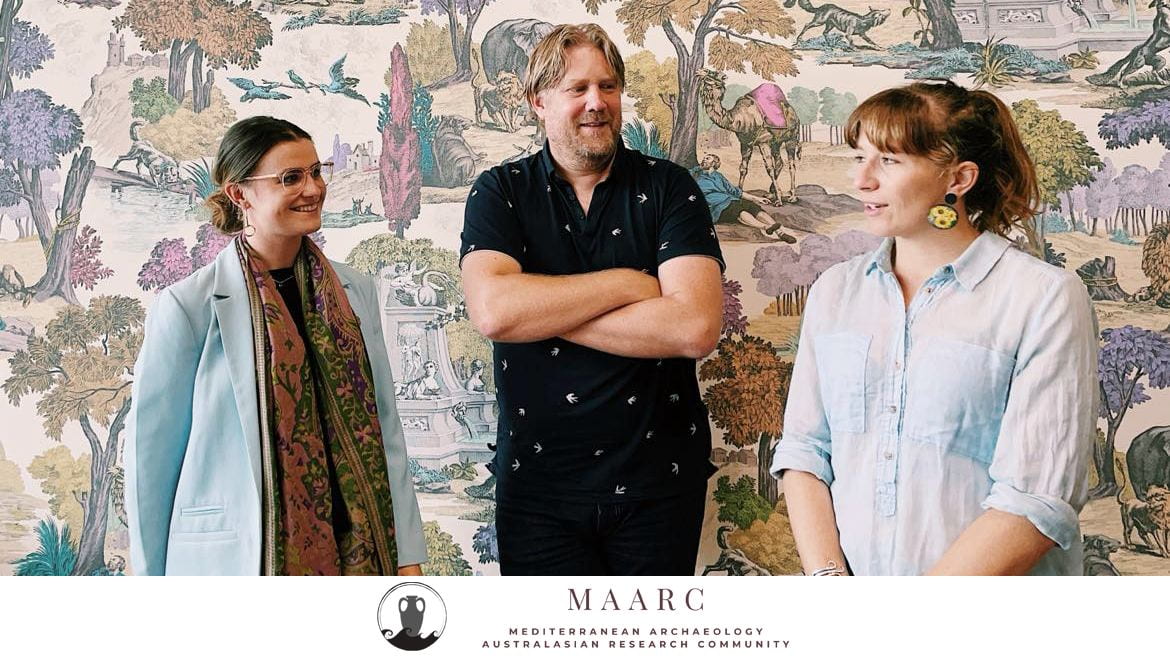
Mediterranean Archaeologists Gather Online
In January 2021, over 200 archaeologists of the Mediterranean came together online for the inaugural Mediterranean Archaeology Australasian Research Community (MAARC) conference. The digital conference, organised by Gijs Tol, Emily Simons, Madaline Harris-Schober, and Larissa Tittl (Classics & Archaeology) surpassed all expectations in numbers of participants and sheer diversity of papers. Emily and Maddi report on some of the conference highlights below.
Prior to 2020, Australasian scholars put in countless travel hours attending international conferences in the Northern hemisphere. With the advent of the global pandemic, the switch to holding conferences via Zoom reduced the need for long-haul international travel. But time differences still presented a problem for scholars based in Australasia, with many conferences held at times convenient for those living in Europe and/or the US. The new professional body MAARC (established in 2020) aims to address this problem by encouraging Australasian scholars working in the field of Mediterranean archaeology to interact more closely with peers in their geographic neighbourhood. The goal is to celebrate and promote high quality Mediterranean research in the Antipodes. Animated by the ideals of sharing research and fostering a collaborative environment, MAARC founders Gijs Tol and Jeremy Armstrong have brought an Australasian research community to life.
On 28–30 January 2021, after much timetable shuffling, the organising committee hunkered down on the near-empty Parkville campus, stooped over their laptops and inhaled percolated coffee. Over 200 attendees from New Zealand, Australia, China, Israel, Cyprus, Greece and beyond beamed in to celebrate the vibrant community of archaeological researchers working in the Antipodes.
The program was lit! Talks ranged from reassessments of historically excavated sites and legacy data, through sacred geographies, museum collections, complex societies, food, and women in archaeology. The presenters provided an intriguing and informative display of current research in Australasia. All the panels were well attended and sparked vibrant discussions. While a short article cannot do justice to the wealth of papers delivered, we offer up a selection of just some of the highlights here.
The panel titled ‘Mediterranean Archaeological Collections in Australia and New Zealand in 2021 – Research, Access and Legacy’ showcased the rich collections of Mediterranean cultural heritage held by universities throughout Australasia. These collections often formed the core of archaeological departments and have functioned as teaching collections impacting hundreds of students throughout the years.
The University of Melbourne’s Classics and Archaeology Collection, one of the oldest antiquities collections in Australia, was presented by Andrew Jamieson, Sharyn Volk, Gemma Lee, Gijs Tol and Tanja van Loon. They highlighted the enrichment that object-based learning (OBL) provides students, and reflected on the history of the development of the collection and the insights it offers into the research and teaching interests of previous staff members, through whose efforts the collection was developed.
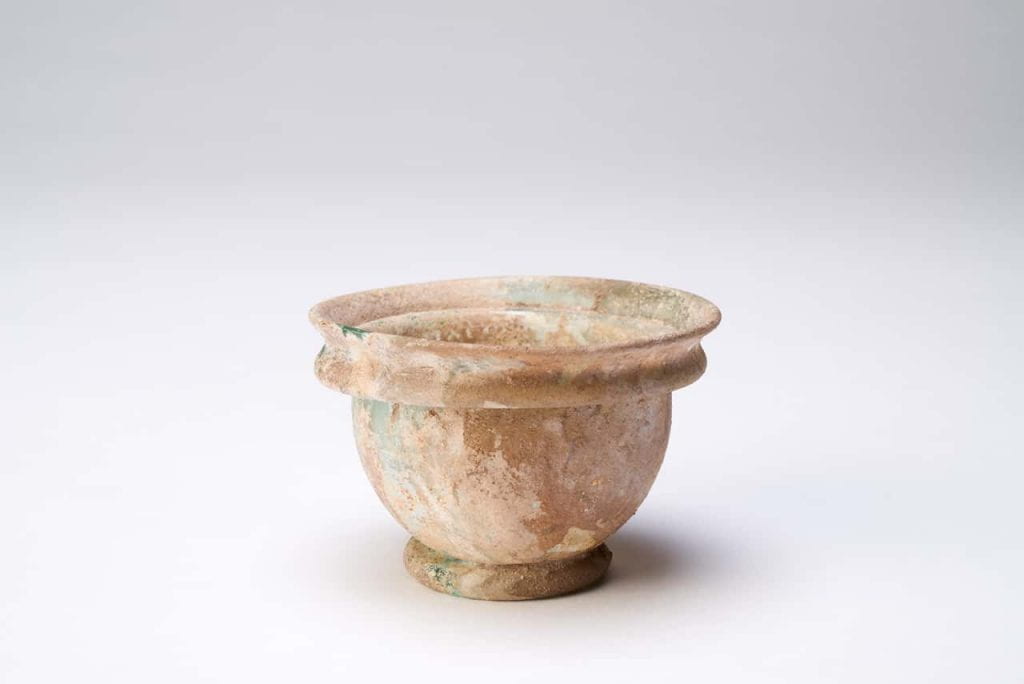
Bronwyn Hopwood and Jackson Shoobert (University of New England) discussed the UNE Museum of Antiquities (UNEMA), Australia’s first regional museum of antiquities, originally established in 1959 as a Classics teaching collection. Their paper focused in particular on UNEMA’s Digital Heritage and online 3D-imaging projects, aimed at increasing the accessibility of the collections through digitisation to support distance education, online research, and community engagement.
Elizabeth Minchin (Australian National University) also explored digital development and online accessibility as priorities in the pandemic environment, in connection with the recent launch of the online catalogue for the ANU Classics collection.
Joshua Emmitt and Rebecca Phillipps (University of Auckland) used a fascinating case study from Kom W, Fayum, Egypt, to explore the integration of legacy data and new data in site interpretation. Legacy data and its role in research today were examined as themes throughout the conference, highlighting how the pandemic may be shifting the discipline’s focus.
Christopher Davey (Australian Institute of Archaeology) displayed the outstanding Mediterranean collection held by the Australian Institute of Archaeology and lamented the lack of archaeological research that had been conducted on items from this collection to date. He actively encouraged interested parties in need of a new project to get in touch for more information about the collection.
Gillian Shepherd (La Trobe University) focused on the Trendall Research Centre for Ancient Mediterranean Studies, established at the bequest of classical art historian Dale Trendall (1909–1995) and functioning as both a research centre and a house museum. The presentation discussed the challenges faced in “transforming a private and idiosyncratic collection of the 20th century into a publicly and globally accessible research resource for the 21st century and beyond”. These challenges are not unique and the question time following the paper demonstrated a keen interest in possible solutions.
Wonderfully, James Donaldson and Andrew Fairbairn (University of Queensland) highlighted the RD Milns Antiquities Museum’s forays into the future! This museum was founded as a teaching collection in 1963, but has since undergone dramatic transformations, especially when it comes to its activities in teaching and learning, including through the provision of internship and other opportunities for students alongside their degrees.
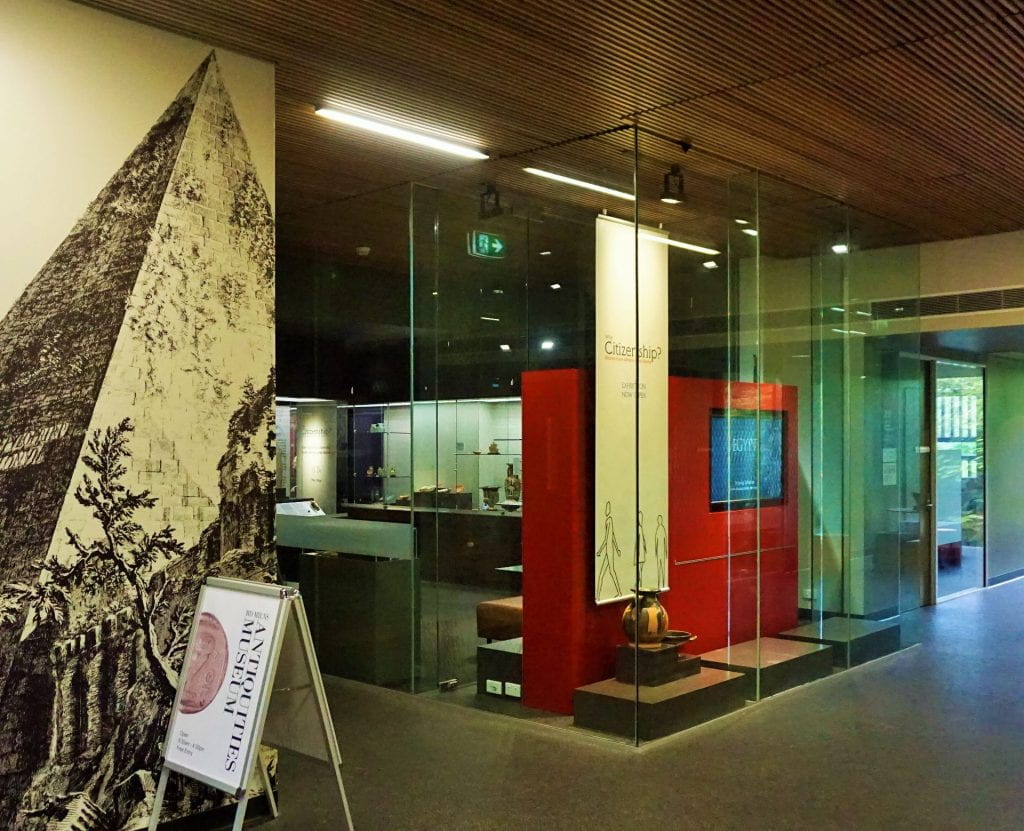
The session wrapped up with Candace Richards (University of Sydney) introducing Chau Chak Wing Museum, a new purpose-built home for the University of Sydney’s superb collections, including the antiquities-focused Nicholson Collection, founded in the 1860s. The paper introduces the Chau Chak Wing Museum as a public institution on university grounds with a strong focus on outreach, access, and teaching.
The panel ‘Women from Australasia in Mediterranean Studies: Past, Present and Future’, sponsored by AWAWS (Australasian Women in Ancient World Studies), showcased an array of women in the history of archaeology. Christopher Davey (Australian Institute of Archaeology) began with a paper on Australia’s second woman archaeologist, Veronica Seton-Williams (1910–1992), and her work in the Mediterranean.
Emily Simons and Maddi Harris-Schober (University of Melbourne) delivered a paper titled ‘Archaeology, Feminism and Adventure: Jessie Webb’s Legacy’, focused on Jessie Webb (1880–1944), the first woman to teach Classics and Ancient History at the University of Melbourne.
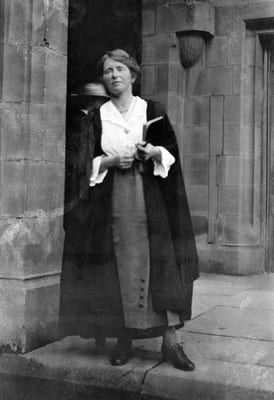
Tim Parkin (University of Melbourne) spoke on Beryl Rawson (1933–2010), formerly professor of Classics at ANU and a key figure in Australasian Classics and Roman history in particular. The paper focused on Rawson’s revolutionary work on the Roman family and household.
Kristin Mann (University of Sydney) completed the panel with a paper on the distinguished archaeologist Judy Birmingham and her pioneering field practices in Aegean settlement archaeology.
Other panels included: ‘From Field to Table: Food and Beverage Production, Processing, and Consumption’, which was as delicious as it sounds, and featured papers on grape and olive growing in the western Mediterranean, fifth to seventh centuries AD (Tamara Lewit); Roman wetland vine agroforestry (Dimitri Van Limbergen); cultural interactions and crop production in the Late Iron Age in the south-east Mediterranean (Makayla Harding); the origins of olive and grape consumption in the Eastern Mediterranean (Anne Dighton); residues of cannabis and frankincense at the Judahite Shrine of Arad (Eran Arie and Dvory Namdar); and the silos of Khirbet al-Ra’i in the Judean Shephelah, Israel (Yosef Garfinkel, Kyle Keimer, Saar Ganor, and Gil Davis).
A panel on ‘Pre- and Early Roman Italy: Settlement, Society and Economy’ ranged through Nuragic Sardinia, topographic issues, settlement and urbanisation, finding a soggy end in the Pontine Marshes. To further extrapolate on connectivity and connections, the panel ‘Place and Beyond: The Archaeological Record of Locality and External Contacts’ included papers on visual control, transport options to isolated areas, and the connectivity of sanctuary spaces. A celebratory panel, ‘Paphos Theatre Archaeological Project 25: A Quarter Century of Australian Archaeological Investigation of Hellenistic-Roman Cyprus’ detailed the extraordinary work accomplished at Nea Paphos, including a new 3D model of the theatre, post-Roman and Medieval evidence of industry and trade. The session ‘Monumental Architecture and the Rise and Continuing Development of Complex Society’ was the largest panel of the conference, featuring 14 papers on monumental architecture with a specific focus on the prehistoric Near East.
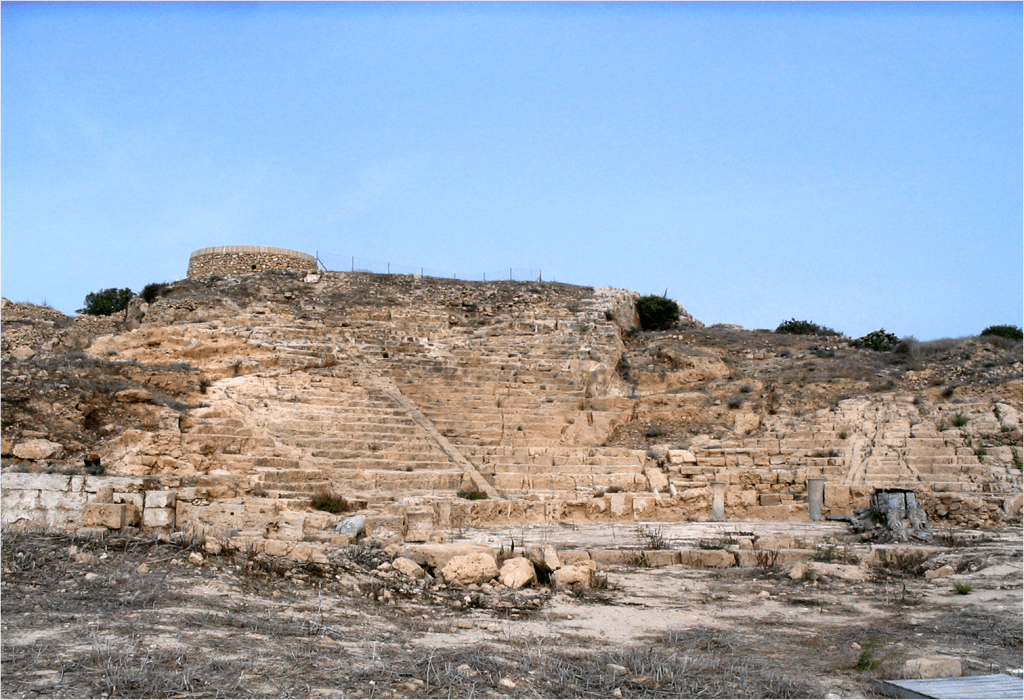
One wide-ranging panel, ‘Sacred Geographies: Landscape and Religion in the Ancient Mediterranean’ delved into sacred sites in Greece, Israel, and Anatolia. The participants explored iconography and decoration alongside the influence of landscape and geography on religious practice. The ‘New Sites from Old’ panel was a culmination of the legacy theme that had wound its way through the conference and stressed the value of reinterpretation to building archaeological vigour.
The conference’s resounding success was entirely due to the attendees’ optimism and enthusiasm after a long year lacking in fieldwork. After years of mixing at the margins at other conferences, Australasian archaeologists working in Mediterranean research now have a formalised community to share their research and support one another. We look forward to travelling the Mediterranean via the next MAARC conference in 2022.
Emily and Maddi are current PhD students in SHAPS at the University of Melbourne. They are both interested in the Late Bronze Age and Iron Age transition periods; re-interpretations and concepts of social ritual. Maddi’s research focusses on Philistine architecture and Emily explores eastern Mediterranean uses of griffins. They are currently co-presidents of the Classics & Archaeology Postgraduate Society.